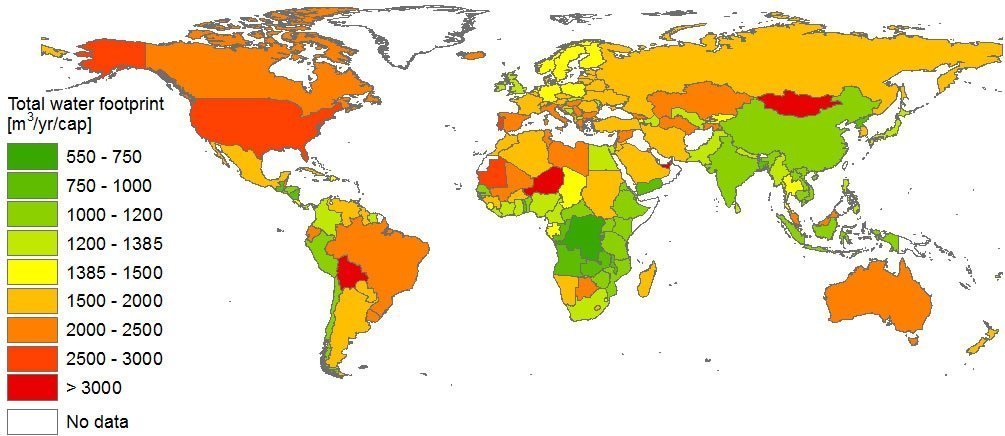An overview of global inequalities in the supply and consumption of resources
The consumption of resources across the world varies significantly. High-income countries (HICs) typically consume more than low-income countries (LICs). The main challenge is insufficient resources, but the existing resources are unevenly distributed. As a LIC develops, so too does its demand for resources. This growth in demand, along with population growth, leads to a shortage of resources.
The average calorie consumption in the UK is 3450 kilocalories. However, in an LIC such as Eritrea, it is 1590 kilocalories. A clear relationship exists between areas with the greatest population growth and the areas with the highest undernourishment levels.
Much of Europe, Asia, and North and South America have a food surplus, thanks to fertile soils, moderate climate, and advanced technology. Most people in these regions meet their daily food requirements. In Africa, challenging physical conditions, low technological development, and political instability contribute to unreliable food production. Consequently, many individuals face undernourishment due to a fundamental lack of food and undernutrition, characterised by an unbalanced diet devoid of specific nutrients.
Due to climatic variations, freshwater distribution worldwide is limited and unequally distributed. Water scarcity and drought are common challenges, particularly in Africa and parts of the Middle East. This situation forces people to dedicate considerable time to water collection, significantly affecting economic growth and social life quality.
A water footprint can be calculated to compare water consumption between countries. This is the total amount of daily water used for drinking and washing. It also includes the water needed to produce energy, food, goods and recycling. The world’s average water footprint is 1,240 litres per person. The USA has a water footprint of 2,483 litres per person, whereas Bangladesh is 896 litres per person.

Total water footprint per capita in the period 1996-2005 – source: Mekonnen, M.M. and Hoekstra, A.Y. (2011)
The map below shows areas that suffer water scarcity. Some countries lack water due to physical factors such as a lack of rainfall. Others experience economic scarcity, meaning they do not have the money to access water.
The distribution of energy resources, especially fossil fuels, varies globally. Coal historically bolstered Europe’s early economic growth and societal well-being. As with water and food, there are considerable differences in energy consumption between countries. The wealthiest billion people consume 50 per cent of the world’s energy. Only 4 per cent of the world’s energy is consumed by the poorest 1 per cent.
Demands for energy resources are increasing in LICs and NEEs as they develop economically. As industry develops, farming becomes mechanised, and urbanisation occurs, energy consumption rapidly grows.
While renewable energy sources like wind, solar, and water have a more uniform distribution, their development costs limit access for poorer nations.
Global trade of food, water, and energy attempts to equalize supply and demand but primarily benefits wealthier nations that can afford imports, leaving many lower-income countries, especially in Africa, less advantaged in resource redistribution.
The UK has a resource surplus, which helps explain its early and continued economic development and the relatively high level of well-being most people experience.
Food – The UK has a moderate climate, largely influenced by the Atlantic Ocean, which supports plenty of rainfall and mild temperatures. The UK is one of the world’s most efficient food producers, benefitting from generally fertile soils, gentle relief in the south and east and advanced technologies.
Water – The west of the country is typically wetter than the east. However, water can be transferred from surplus to deficit areas. Although this imbalance of supply and demand, water supply is rarely an issue.
Energy – The UK has considerable fossil fuel resources. In the past, coal was the main energy source; however, oil and gas are now more widely used. There are considerable reserves of oil and gas beneath the North Sea. The UK has several nuclear power plants, such as Hinkley Point and Sizewell, which use imported uranium. The UK has significant potential for renewable energy, with considerable investments in offshore wind farms such as those off the coast of the East Riding of Yorkshire. The UK has around 35% of global offshore wind capacity installed and seven of the world’s ten largest offshore wind farms.
The demand for food in the UK
Use the images below to explore related GeoTopics.